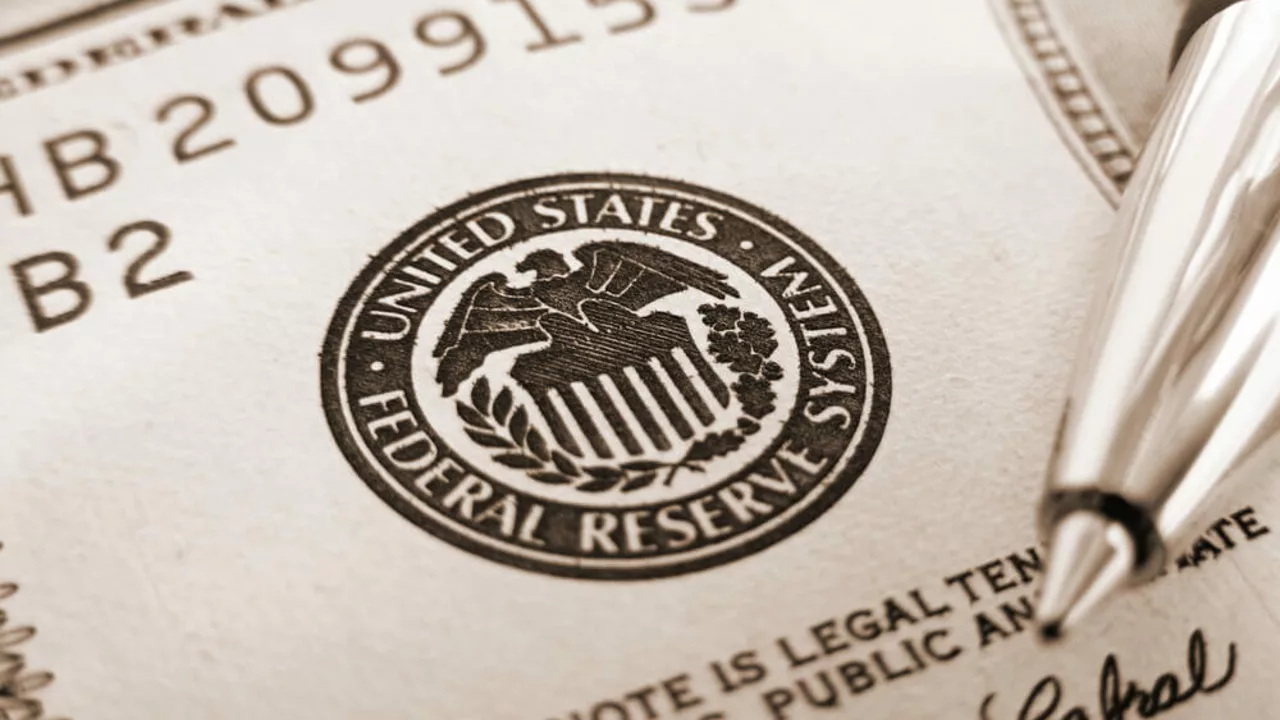Understanding The Federal Reserve System
The Federal Reserve, often referred to as the Fed, is the central banking system of the United States. It was established to provide the country with a safer, more flexible, and more stable monetary and financial system. Over the years, its role in banking and the economy has expanded, but its primary responsibility remains the same - to keep the U.S. economy healthy. Now, you might be wondering who controls the Federal Reserve or how it's controlled. We'll delve into that shortly. But first, let's understand a bit more about what the Fed does.
The Fed's Fundamental Operations
The Federal Reserve's key functions include conducting the nation's monetary policy, supervising and regulating banking institutions, maintaining the stability of the financial system, and providing financial services to depository institutions, the U.S. government, and foreign official institutions. The Fed's decisions and policies significantly influence economic conditions and financial markets.
For example, the Federal Reserve controls inflation and stabilizes prices by adjusting monetary policy. It also regulates banks, ensuring they are safe places for people to store their money, and plays a crucial role in managing the country's money supply. Understanding these roles is essential in understanding who controls the Fed and how it's controlled.
The Structure of The Federal Reserve
The Federal Reserve System is comprised of a central governmental agency in Washington, D.C. (the Board of Governors) and twelve regional Federal Reserve Banks, located in major cities across the U.S. The structure of the Fed is unique among central banks because it's both public and private. The Board of Governors, appointed by the President and confirmed by the Senate, represents the public component. The Reserve Banks, which stock is owned by the member banks, represent the private part.
This system was designed to give a balanced representation of the diverse interests of the different parts of the country. It was also intended to prevent the concentration of power. Hence, the Fed's structure plays a crucial role in its control and operation.
The Control and Oversight of The Federal Reserve
So, who controls the Federal Reserve? The answer is not straightforward. The Federal Reserve operates independently within the government but also remains accountable to Congress. The Congress has the power to amend the Federal Reserve Act, which outlines the Fed's responsibilities. The Chair of the Board of Governors must also appear before Congress at least twice a year to report on the Fed's activities and plans. Hence, the Federal Reserve is not "owned" by anyone but is under considerable governmental oversight and control.
Meanwhile, the seven members of the Board of Governors, including the Fed Chair, hold significant influence over the Fed's actions. They're appointed by the President and confirmed by the Senate for a 14-year term. These appointments are staggered so that one term expires on January 31 of each even-numbered year. This setup was designed to ensure the Board's independence from political pressure and provide continuity over time.
Conclusion: The Balance of Power in The Federal Reserve
In conclusion, the Federal Reserve is controlled through a balance of public and private interests, governmental oversight, and autonomy. While the President and the Senate have influence through the appointment process, the system's design ensures that no single entity has complete control over the Fed's actions. The Fed's decisions and policies are made by considering the best interests of the nation's economy and the general public.
Understanding the control and operation of the Federal Reserve is crucial in making sense of its role in the U.S. economy. While it operates independently, it remains accountable to the public and Congress, ensuring that its policies and actions serve the nation's economic interests.
